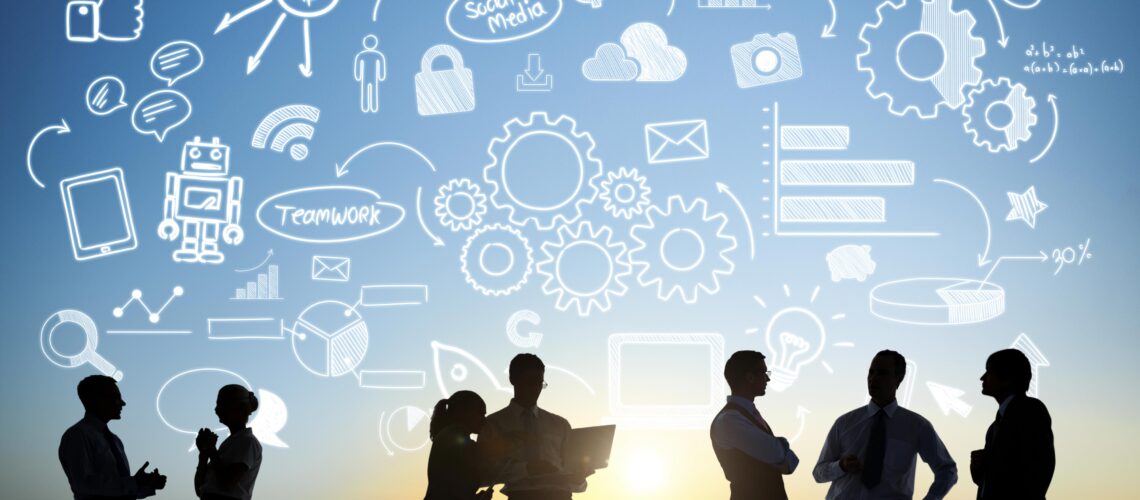#1 Design and implementation planning Washington- 2Net Solutions

Washington State is a diverse and thriving region with a rich history and a bright future. To ensure that this vibrant region continues to grow and prosper, careful planning and design must be implemented. This planning should take into account the unique needs and characteristics of the state's many communities, as well as its natural resources and infrastructure (Design and implementation planning Washington).
The first step in this process is to conduct a thorough analysis of the current state of Washington. This should include a review of demographic trends, economic indicators, transportation systems, and environmental conditions. Based on this analysis, a comprehensive design plan can be developed that incorporates the goals and priorities of the state's residents.
The design plan should be based on a set of core principles that reflect the values and aspirations of the state's residents. These principles should include sustainability, accessibility, livability, and resilience. The design plan should also take into account the state's rich natural resources, such as its forests, waterways, and wildlife, and aim to protect and enhance these assets for future generations.
Once the design plan has been developed, the implementation phase can begin. This phase will involve working with communities, businesses, and government agencies to bring the plan to life. This will require careful coordination and collaboration, as well as the development of a strong communication plan to ensure that everyone is informed and engaged in the process (Requirements analysis and definition Washington).
Key components of the implementation phase will include:
- Building partnerships with key stakeholders: This will involve working with local governments, businesses, and community organizations to build support for the plan and ensure that everyone is on board with its goals and objectives.
- Developing a robust infrastructure: This will involve investments in transportation, energy, and communications systems that will support the needs of the state's residents and businesses.
- Promoting sustainability and environmental protection: This will involve implementing policies and programs that encourage the use of renewable energy sources, promote sustainable land use practices, and protect the state's natural resources.
- Ensuring accessibility and livability: This will involve designing and implementing transportation systems and community spaces that are accessible, convenient, and safe for everyone.
With careful planning and implementation, Washington State can continue to grow and thrive in the years to come. By prioritizing the needs of its residents and taking a holistic approach to development, the state can create a bright and sustainable future for all (Network tuning and troubleshooting Washington).
